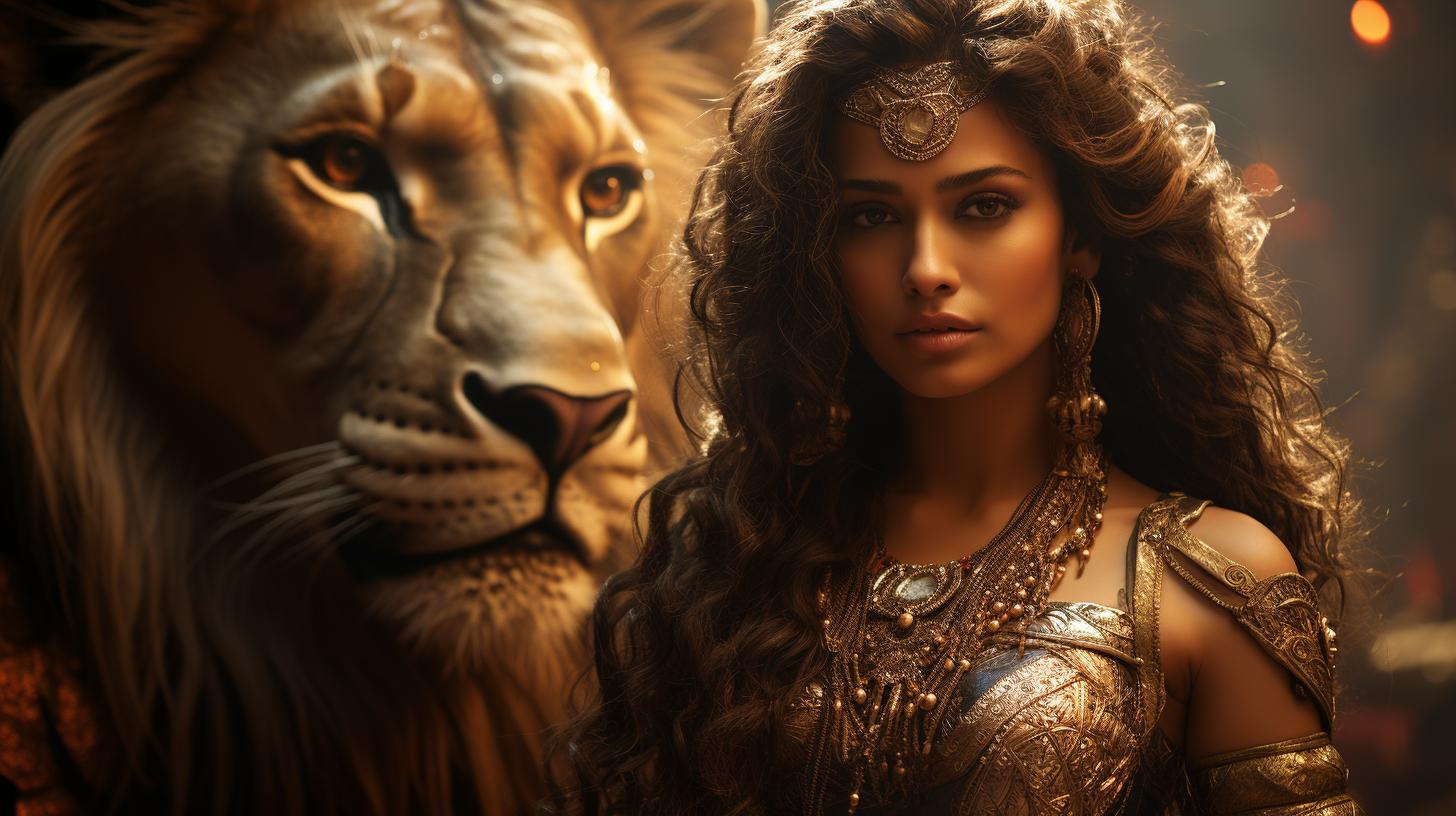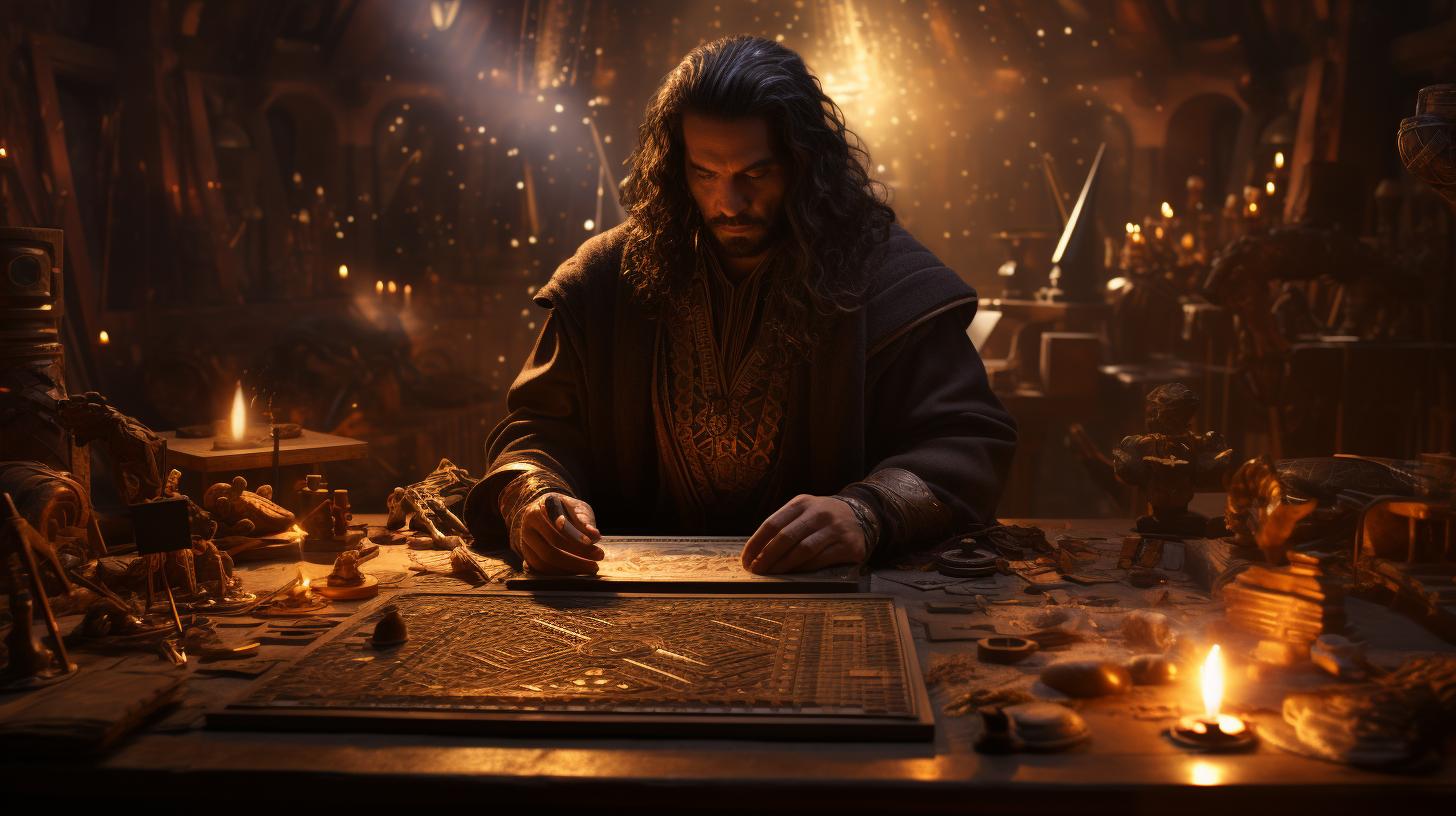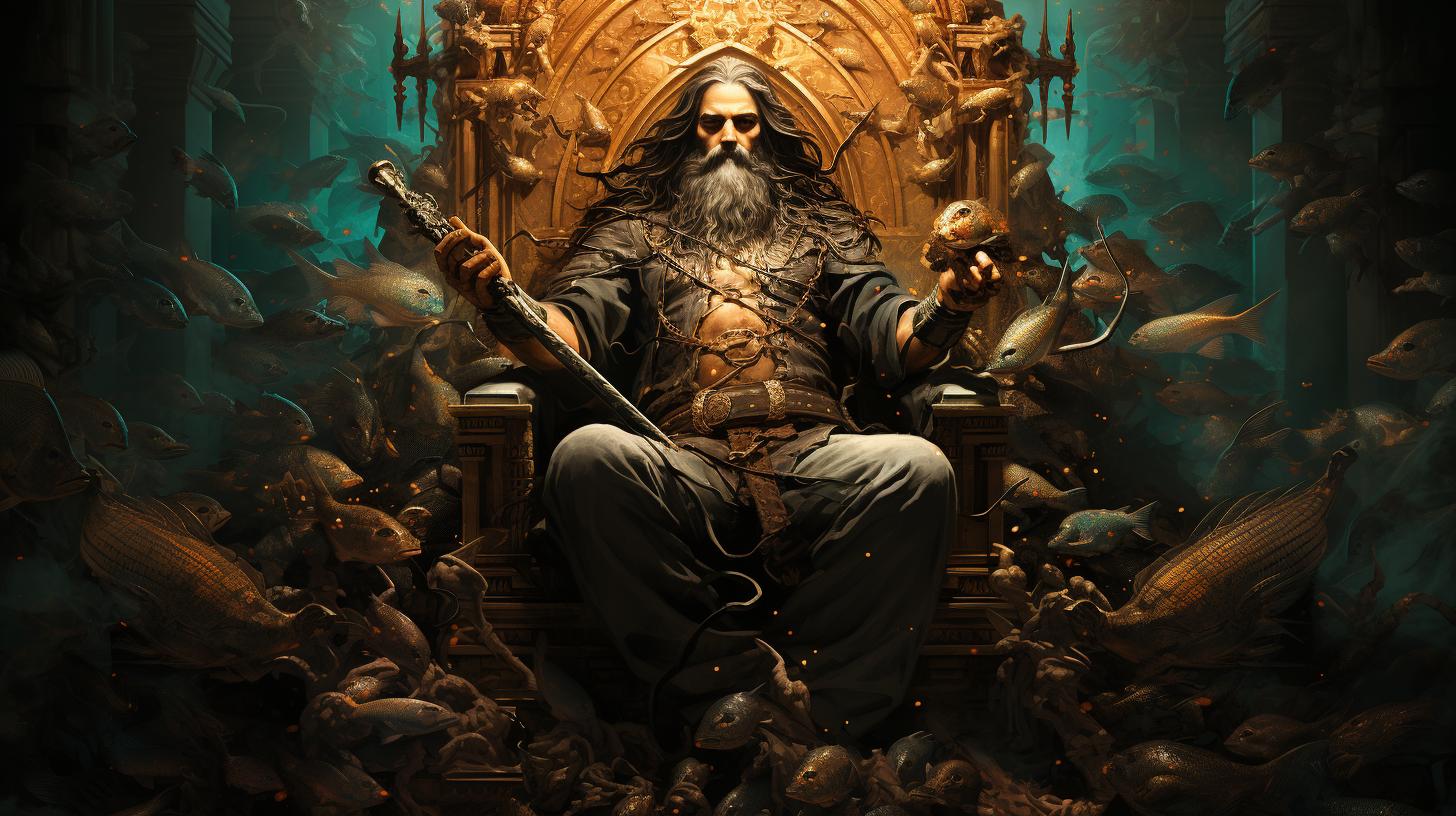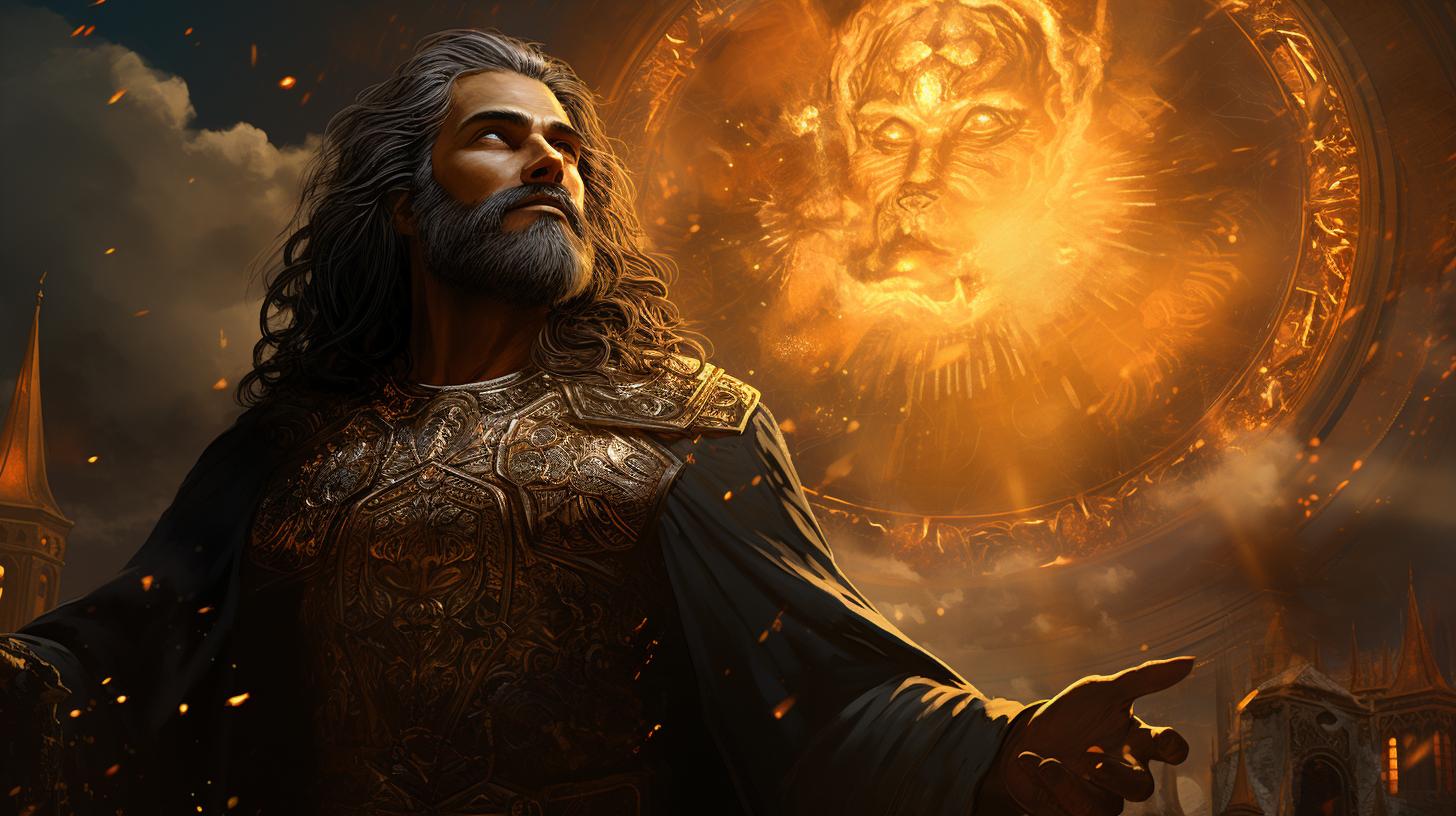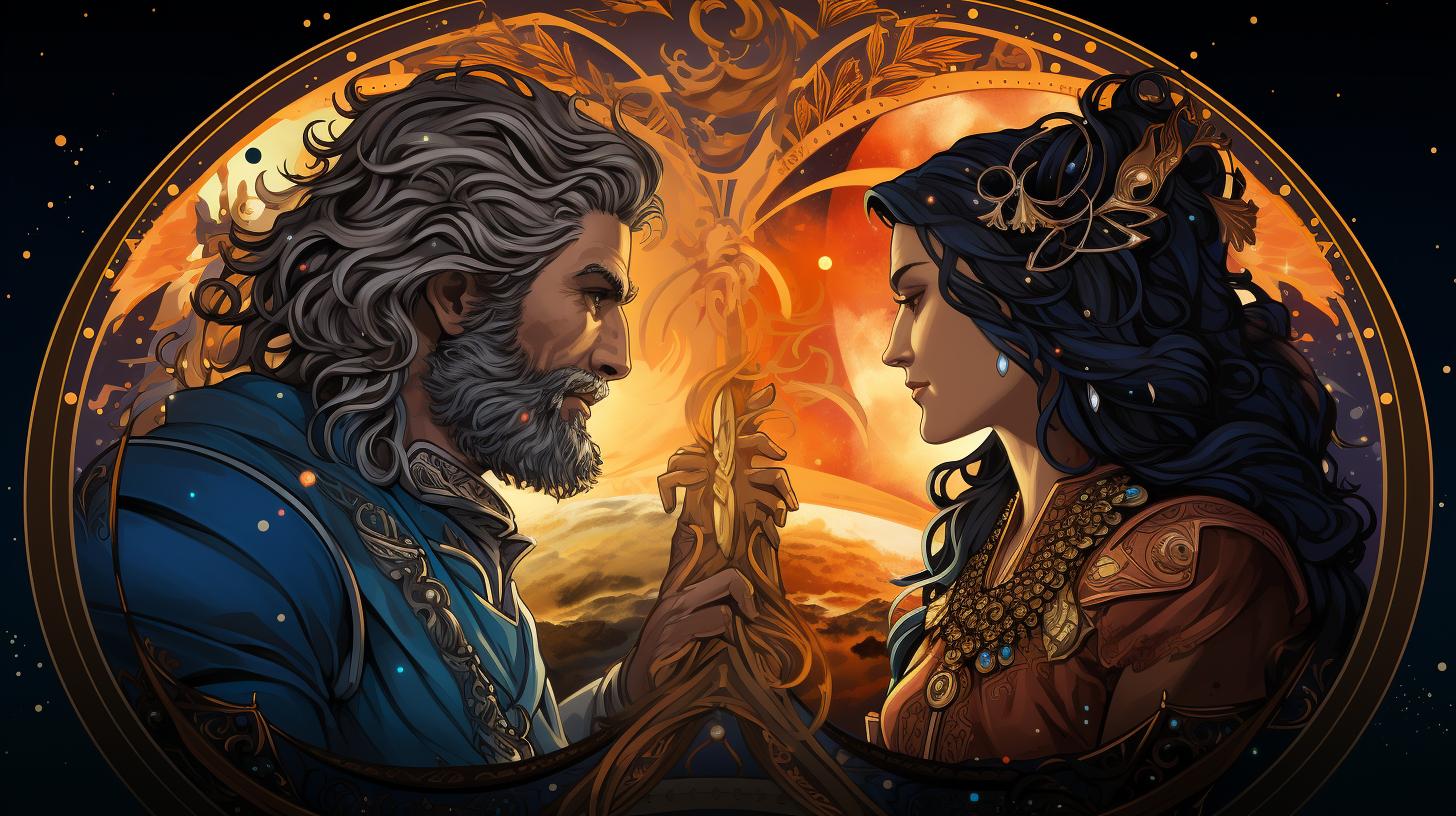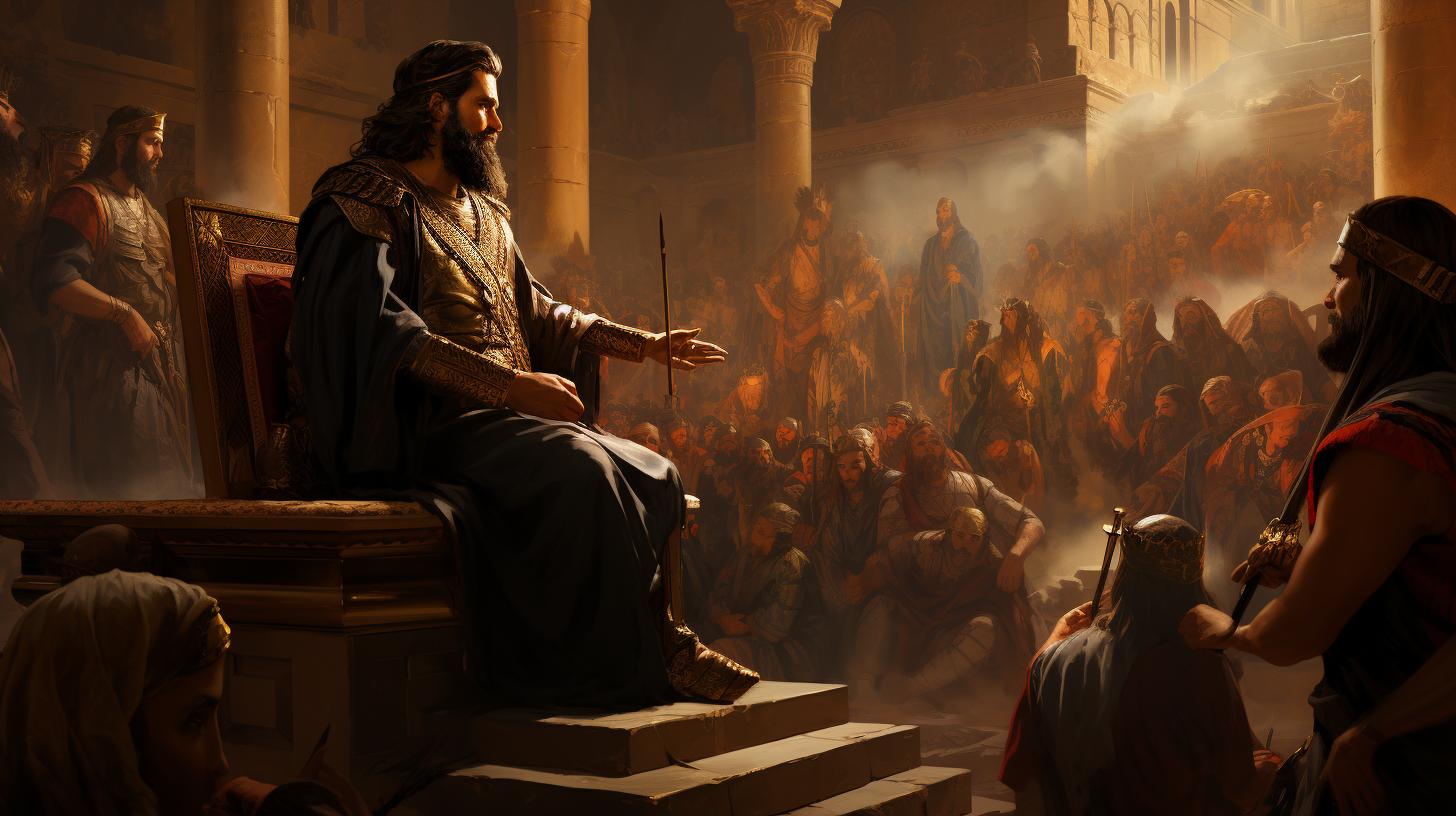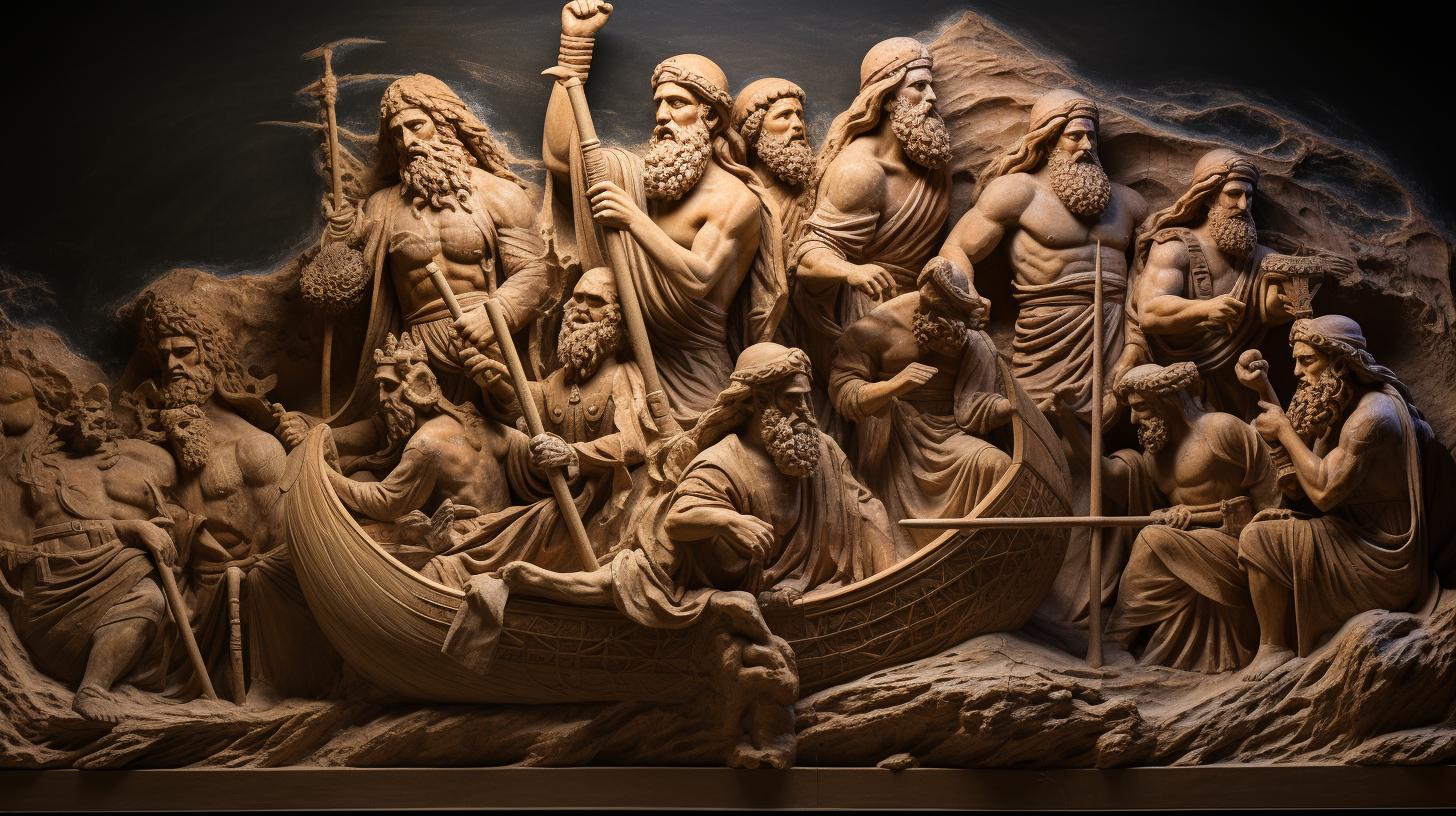Exploring Ishtar: What is the Goddess of Love and Power?

Ishtar, the ancient Mesopotamian goddess also known as Inanna, held great significance in the pantheon. Often associated with love and fertility, Ishtar played a central role in the divine relationships of the time.
Her influence extended beyond mythology, impacting gender dynamics within Mesopotamian society. Ishtar’s representation can be found in various artifacts, showcasing her prominence in ancient art. Today, her legacy endures through contemporary art, culture, and religions, as we continue to explore her impactful presence in our world.
Ishtar’s Attributes and Symbols
Ishtar, the ancient Mesopotamian goddess, is associated with various attributes and symbols that embody her power and significance. These aspects shed light on her role in the pantheon and her influence in Mesopotamian culture.
Exploring Ishtar as the Goddess of Love and Fertility
Ishtar is widely recognized as the goddess of love and fertility, representing the passionate emotions and life-giving forces of nature. She was worshipped by ancient Mesopotamians for her ability to inspire affection, nurture relationships, and ensure the flourishing of crops and animals.
Ishtar’s Association with Sex and Eroticism in Ancient Mesopotamia
In addition to her role as the goddess of love, Ishtar was closely associated with sex and eroticism in ancient Mesopotamian belief. She embodied sensuality and played a significant role in promoting sexual desire and pleasure among humans and deities alike, symbolizing the primal energy of desire and intimacy.
The Sacred Marriage Ritual and Ishtar’s Role in Divine Relationships
One of the most prominent aspects of Ishtar’s mythology was her involvement in the sacred marriage ritual. This ritual involved the symbolic union between Ishtar and a human king, representing the harmonious connection between the divine and mortal realms.
Ishtar’s participation in this ritual reinforced her role as a mediator between humanity and the gods, overseeing the establishment of stable and prosperous relationships between humans and deities.
Ishtar in Literature and Art
Ishtar’s presence in literature and art of ancient Mesopotamia is a testament to the profound impact she had on the culture and society of the time.
Through myths, epics, and artistic representations, Ishtar’s power, beauty, and influence were celebrated and explored in various forms.
Ishtar in Ancient Mesopotamian Myths and Epics
A central figure in many Mesopotamian myths and epic tales, Ishtar was often portrayed as a complex goddess with a range of attributes and emotions. She played significant roles in stories such as “The Descent of Inanna” and “The Epic of Gilgamesh,” where her actions and interactions with other deities shaped the narrative.
Ishtar’s Representation in Sumerian and Babylonian Artifacts
Artifacts discovered from ancient Sumerian and Babylonian civilizations provide valuable insights into how Ishtar was visually represented. In sculptures, reliefs, and seals, she is depicted as a regal figure, often adorned with symbols of her power such as lions, stars, and the divine bow and arrow.
Ishtar’s Influence on Gender and Power Dynamics in Mesopotamian Society
Ishtar’s position as a powerful goddess of love and fertility had a significant influence on gender roles and power dynamics in Mesopotamian society. She represented a powerful female figure, defying traditional gender norms and playing a central role in divine relationships and the sacred marriage ritual that symbolized the union of heaven and earth.
Ishtar’s portrayal in literature and art served to reinforce and shape societal values, emphasizing her role as a divine figure who commanded respect and admiration. Through her representation, notions of femininity, power, and love were intertwined and revered in ancient Mesopotamia.
Ishtar and Other Deities
Ishtar, the goddess of ancient Mesopotamia, had intricate relationships with other gods and goddesses in the pantheon. Her connections and associations shed light on her multifaceted nature and divine role.
Ishtar’s Relationship with Other Mesopotamian Gods and Goddesses
Ishtar held significant associations with various deities in Mesopotamian mythology.
These relationships exemplified her influence and interconnectedness within the divine realm. Some notable connections include:
- Anu, the sky god, was often depicted as Ishtar’s father in cosmological genealogies.
- Enlil, the god of wind and storms, was recognized as a divine consort to Ishtar in certain myths and rituals.
- Shamash, the sun god, stood as an ally to Ishtar in her journey to the underworld and played a role in her subsequent resurrection.
Ishtar’s Association with the Moon God and the Planet Venus
Ishtar’s divine influence extended beyond her relationships with fellow gods and goddesses.
She held a particularly prominent association with the moon god and the planet Venus, both of which played significant roles in her symbolism and worship.
The Mesopotamians equated Ishtar with the moon god, Nanna, as she embodied the moon’s cycles and its influence on fertility and agriculture.
This connection solidified Ishtar’s status as a deity closely tied to the natural world and its rhythms.
Additionally, Ishtar’s association with the planet Venus elevated her significance. Known as the “Evening Star” and the “Morning Star,” Venus represented beauty, love, and femininity—qualities inherently linked to Ishtar’s domain.
Comparing Ishtar with Inanna and Other Mesopotamian Deities
Ishtar’s complex nature is further illuminated through comparisons with other prominent Mesopotamian deities, particularly the goddess Inanna. Although she was often conflated with Inanna, Ishtar possessed distinct attributes and played unique roles within the pantheon.
Inanna, known as the goddess of love, beauty, and war, shared overlapping domains with Ishtar. However, Ishtar’s associations with fertility and the natural world set her apart, emphasizing her connection to the cycle of life and creation.
Throughout Mesopotamian history, different city-states and regions may have emphasized certain aspects of Ishtar’s portrayal, leading to variations in her representation and cult worship. However, her underlying significance as a powerful and multidimensional goddess remained constant.
Ishtar in Modern Interpretations
In modern times, Ishtar, the ancient Mesopotamian goddess, continues to leave her mark on various aspects of art, culture, and religious beliefs. Her timeless influence persists, sparking inspiration and fascination among artists, scholars, and spiritual seekers alike.
Ishtar’s Influence on Contemporary Art and Culture
The captivating allure of Ishtar has transcended centuries, influencing contemporary art and culture in diverse ways. Artists have drawn inspiration from Ishtar’s mythical persona, creating stunning visual representations that capture her power, beauty, and symbolism.
- Artistic depictions often portray Ishtar as a divine figure radiating sensuality and feminine strength.
- Her association with love and fertility has inspired numerous love-themed artworks, poems, and songs.
- Ishtar’s iconic symbols, such as the eight-pointed star and the lion, have become recurrent motifs in modern artistic expressions.
- Her multifaceted nature as a goddess of war, love, and power has sparked thought-provoking interpretations in contemporary art.
Ishtar’s Legacy and Influence in Modern Religions and Belief Systems
Ishtar’s legacy extends beyond ancient Mesopotamia, resonating within modern religious and belief systems.
Her archetypal presence and rich symbolism continue to inspire spiritual seekers and religious practitioners.
- Some modern pagan or neopagan traditions incorporate Ishtar into their worship, drawing on her associations with love, fertility, and female empowerment.
- Ishtar’s presence often manifests within goddess-centered or divine feminine movements, serving as a symbol of empowerment and reclaiming women’s spirituality.
- Her mythological stories and sacred rituals inspire spiritual exploration, providing guidance for inner growth and transformation.
- The enduring presence of Ishtar in modern religions reflects the timeless significance of her role as a goddess of love, power, and cultural heritage.
Exploring Ishtar’s Relevance and Impact in Today’s World
Ishtar’s relevance stretches beyond artistic expression and religious contexts, spurring inquiries into her impact in today’s world.
Exploring Ishtar’s multifaceted nature presents an opportunity to understand deeper aspects of human existence, love, and the eternal pursuit of power.
- Ishtar’s themes of love, passion, and sensuality remain relevant and inspire conversations about modern relationships and sexuality.
- The examination of Ishtar’s influence on gender dynamics encourages discussions about equality, feminism, and the celebration of feminine power.
- Her archetype resonates within various cultural spheres, reminding us of the universality of certain human experiences and emotions.
- By diving into Ishtar’s ancient myths and exploring her continued presence, we gain insights into the profound intricacies of the human psyche and our timeless quest for love, power, and self-discovery.
.

